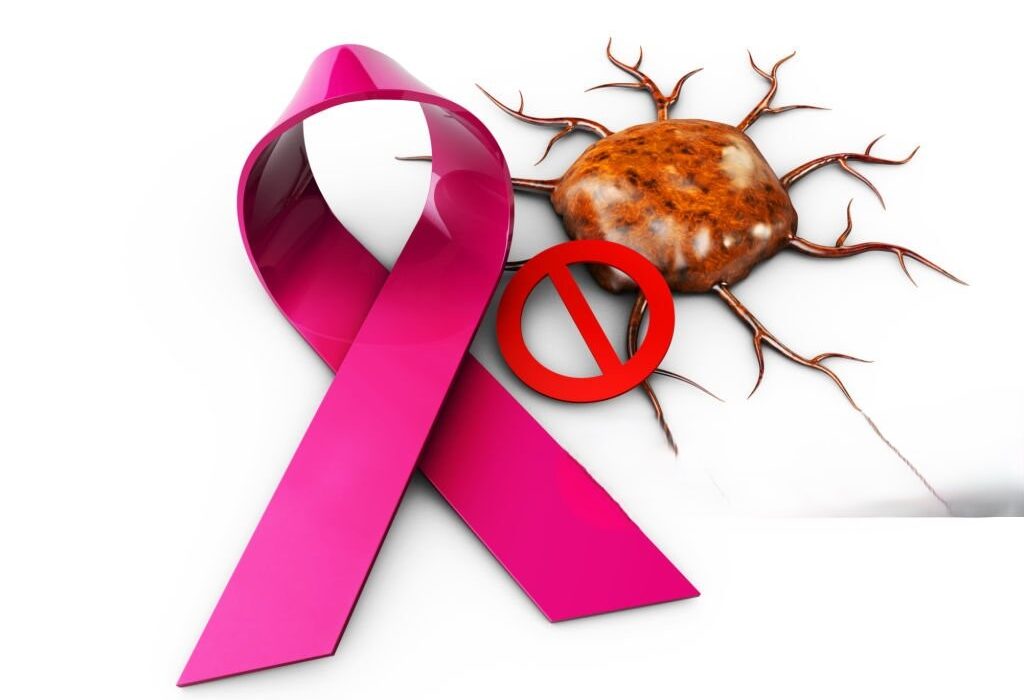Kenya is experiencing a major shift in its health profile. Chronic, non communicable diseases such as cancer, heart disease, diabetes, and chronic respiratory conditions are no longer rare. They are now among the country’s top health threats. These diseases are taking more lives, burdening families, and stretching health services. At the same time, Kenya has launched a new national health scheme, the Social Health Authority (SHA), to make care affordable and also universal. But for many Kenyans battling NCDs, this transition has however come at a difficult time. It has compounded the crisis in unexpected ways.
Rising Numbers and the Family Burden
Recent data show a worrying trend. According to the Kenya National Bureau of Statistics, NCDs accounted for 61.7 percent of all deaths recorded in health facilities in 2024. This is also a sharp rise from the previous year. Among the diseases, cancer is now the second leading cause of death. In 2024 alone, almost 9,000 deaths in health facilities were caused by cancer. For adults aged 30 to 49, cancer was the leading cause of death. Other NCDs, including cardiovascular diseases, diabetes, and chronic respiratory conditions, continue to claim thousands of lives. Urban populations and growing middle and low income groups are most affected.
The burden on families is heavy. NCDs also require long term care. Patients often need frequent check ups, diagnostics, ongoing medication, and sometimes specialized therapy. These costs strain household budgets, reduce savings, and can push families into poverty. For households that rely on daily wages or informal work, a chronic illness can bring life to a halt.
SHA Challenges and Rising NCDs
The launch of SHA on 1 October 2024 offered hope. The scheme also aims to expand universal health coverage. Primary care was meant to be affordable. Essential services were to be more accessible. Within months, about 19.3 million Kenyans registered under the scheme. Over a million had already accessed primary health care under SHA by early 2025. Many hoped this would ease the financial and medical burden of NCDs.
However, the transition has been rocky. Patients battling cancer or other serious NCDs face delays in treatment. Drug shortages and denial of services are common. Life saving drugs, such as Herceptin for breast cancer patients, have disappeared from public hospitals. Some patients are forced to pay out of pocket at private facilities, which many cannot afford.
The problem is partly due to unclear definitions of what SHA covers. The benefit package is ambiguous, especially for chronic and critical illness care. Facilities use cumbersome registration and pre authorization systems. Patients who prepaid under old insurance models are sometimes asked to repay under SHA. Diagnostic services such as radiotherapy or PET CT scans face long delays. These delays can mean the difference between life and death.
Hospitals Under Pressure
Hospitals are under pressure. The digital claims processing system often experiences outages. Some facilities report months long delays before claims are approved. Clinics have had to run on credit, reduce staff, delay salaries, or even stop offering some treatments. For a system already stressed by rising NCDs, these failures deepen the crisis.
Many patients and families are stressed. They face uncertainty about whether treatment will be approved, drugs will be available, or out of pocket costs will be demanded mid treatment. Some patients abandon treatment. A 2025 survey by a national cancer organization found that many patients exhaust SHA coverage within months, forcing them to stop therapy entirely.
The convergence of rising NCDs and a struggling health insurance transition puts Kenya at a crossroads. Chronic diseases demand better and more reliable health services. Meanwhile, SHA is struggling under financial, administrative, and systemic challenges.
Kenya must act decisively. Health infrastructure needs strengthening. SHA coverage must be clear, especially for chronic diseases. Patients must have timely access to diagnostics, treatment, and long term care. Public awareness and preventive health education are critical. Many NCDs are linked to lifestyle changes, urbanization, and environmental risks.
Families, patients, and vulnerable communities must not carry the burden alone. Policy makers must ensure transparency, sufficient funding, and support for those most affected. Only then can Kenya turn the tide. What feels like a double crisis can become an opportunity for healthier and more equitable care for all.
Also read: Concerns Over Welfare Push Teachers to Consider Leaving Kuppet


